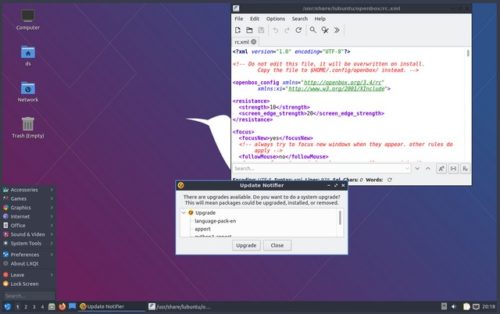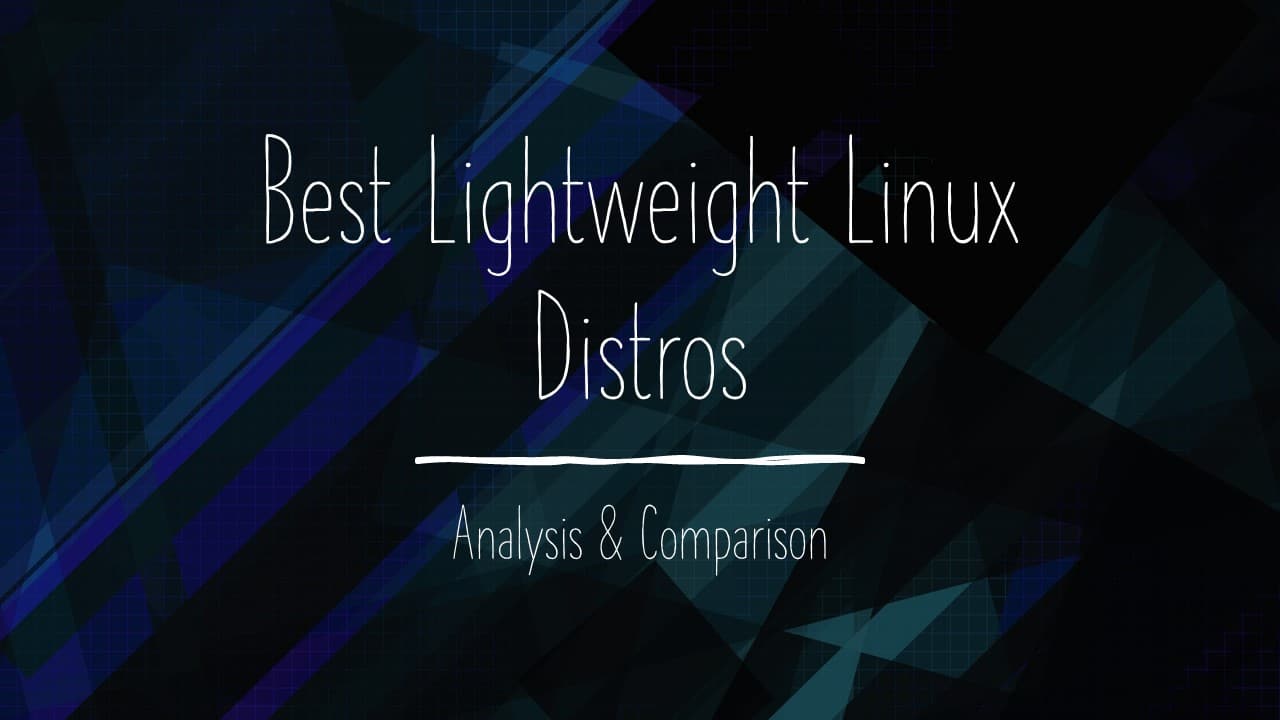
- LIGHTWEIGHT LINUX DISTRO WITH LXDE INSTALL
- LIGHTWEIGHT LINUX DISTRO WITH LXDE SOFTWARE
- LIGHTWEIGHT LINUX DISTRO WITH LXDE DOWNLOAD
- LIGHTWEIGHT LINUX DISTRO WITH LXDE FREE
- LIGHTWEIGHT LINUX DISTRO WITH LXDE WINDOWS
This time, however, I’m going to try something completely different. In fact, most of my distros I’ve reviewed in the last year were Arch-based, take ArchLabs Linux review for example. If you visit It’s FOSS often, you’ll know that I’m a big fan of Arch-based distros. John takes it for a test drive and shares his experience in this LXLE review. If anyone is interested in a virtual image for SliTaz with XAMPP to try out, contact away and link will be posted.Brief: LXLE is a lightweight Linux distribution mainly focused on older systems. The base systems were not comparable to SliTaz.
LIGHTWEIGHT LINUX DISTRO WITH LXDE SOFTWARE
ArchLinux and Pupppy, although also lightweight were over 1.5GB after all of the software was installed. The final size was 800mb with all necessary software. SliTaz is all about customization and lightweight. There is increasing support and XAMPP, Java, Perl, Python, and SVN port well using TazPkg with latest versions. SliTaz is extremely lightweight and you have to live with some older packages in the supported TazPkg package list. Some of the latest versions needed to be built from source code. TazPkg is a great package manager but some of the listed packages were outdated.
LIGHTWEIGHT LINUX DISTRO WITH LXDE INSTALL
The complete base-OS install from the image is around 120mb using the cooking version. I have to say that SliTaz was the easiest to work with and to set up. It had to support version control SVN and Git, XAMPP or LAMP, SHH client, window environment (X or whatever) with latest video drivers/higher resolution, and some graphical manipulation software for images. The system had to be fast and customizable.
LIGHTWEIGHT LINUX DISTRO WITH LXDE DOWNLOAD
The constraints: the system virtual image had to be under 800mb to allow for easy download and include all necessary software. I have used Fedora, Gentoo, SliTaz, Archlinux, and Puppy Linux for development. I frequently experiment with lighter-weight window mangers listed on this page, however. I do not have much experience yet with Openembedded, but using Buildroot I have been able to create a very simple OS that boots quickly, loads only what I want, and only takes up 7 MB of storage space (adding development tools will increase this greatly, of course I am merely using it as an ssh terminal, although I can do some editing with vi, and some text-only web browsing).Īs far as window managers, I have been very happy with OpenBox.
LIGHTWEIGHT LINUX DISTRO WITH LXDE WINDOWS
All were faster and more lightweight than my typical Windows 98 installations. In 1999, I used Redhat, Mandrake (now Mandriva), and Debian. The primary reason I use Linux is because it can be lightweight. If others are to add here, open a session for it Like the distro one :) X Windows suggestion keep coming about XFCE.

LIGHTWEIGHT LINUX DISTRO WITH LXDE FREE
Fell Free to add Prós and Cons on this, so we can compile a good Reference. Based on compatibility and usability - Kyle.Very versatile, can be configured for both heavy and lightweight computers - Ryan.


So the whole idea is to use a LAMP server, Java Application Server (Tomcat or Jetty) and X Windows (any Window manager, from FVWM to Enlightment), Eclipse, maybe jEdit and of course Firefox.Įdit: I am changing this post to compile a possible list of distros and window managers that can be used to configure a real lightweight development environment. Maybe even a distributable environment for developers. The first idea is to use it inside a Virtual Machine under Windows, or old Laptops with 1Gb RAM top. I want to build a lightweight linux configuration to use for development.


 0 kommentar(er)
0 kommentar(er)
